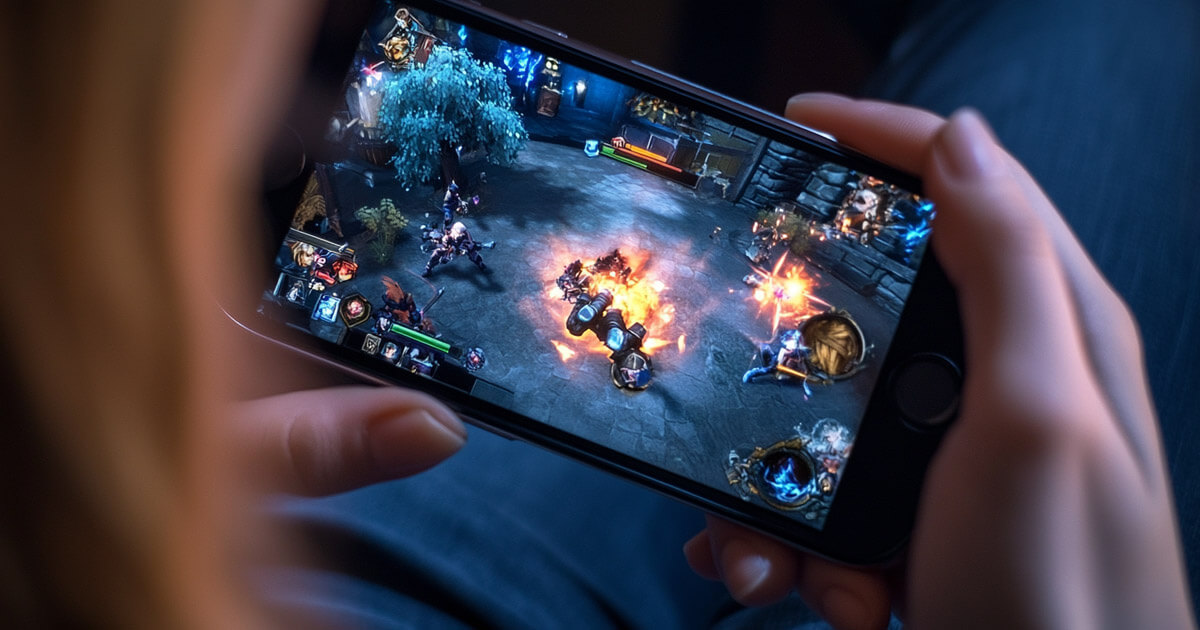
The following is a guest post from Leo Li, CVO and Chief Growth Officer at CARV.
Off The Grid could be the mainstream moment we’ve been waiting for in web3 gaming – not because it shows off blockchain features, but because it doesn’t. The major console release integrates NFTs and blockchain in the background, putting gameplay front and center. The game is the main attraction, while the blockchain is a bonus that promotes trading, ownership and expression.
Much like Telegram, which is quietly putting crypto wallet functionality into hundreds of millions of pockets, game developers are realizing that simplicity is key. Hitting gamers over the head with painful onboarding and crypto-heavy concepts can alienate potential players.
The next gaming bull run will not be sustained blockchain games– it will be powered by great games that happen to use blockchain.
The silent revolution in blockchain gaming
Off The Grid is causing a lot of fuss for a game that isn’t officially out yet. Gunzilla Games’ cyberpunk battle royale – only available through early access on PC, PlayStation 5 and Xbox Series
“Part schlocky satire of streaming culture, part send-up of gamers, all smart, self-aware storytelling: Off The Grid is a good time,” CNET wrote in October.
It is indeed a fun time, which is entirely on the blockchain. Blink and you might miss it, but Off The Grid is a native Web3 title built on an Avalanche subnet. This will enable crypto capabilities in addition to gameplay, including an upcoming token and NFT minting and trading of in-game weapons and skins on OpenSea. The best part? So far, players are not required to use these features. The blockchain and the game are separate but complementary, with the former intended to enhance the latter rather than overwrite it.
It’s a similar story on Telegram. Players are massively interested in the simplicity and involvement of clicker games on the chat platform. By endorsing The Open Network (TON) as the official Web3 infrastructure and integrating wallet functionality, Telegram makes it easy for gamers to embrace crypto without even knowing it. Gone are complicated onboarding and clunky interfaces. Gaming in the Telegram mini-app takes place automatically within the well-known and trusted chat platform.
The successes are impressive across the board. TON clicker Notcoin and its eponymous token soared to a market cap of over half a billion dollars, and BANANA earned 12 million players just over a month after launch. Meanwhile, Off The Grid is also gaining serious ground, with millions of wallets made during its first week of early access before becoming the top free game on the Epic Games Store. The numbers tell a clear story: mass adoption follows when blockchain integration is invisible.
The lesson for blockchain game makers
Since the industry’s inception, we’ve been waiting for blockchain gaming’s ‘mainstream moment’. The one-two punch of Off The Grid and Telegram suggests we’re getting closer, but their wins hold essential lessons for developers.
First, arming your game with blockchain isn’t enough. About 400 crypto games development stopped last year, and more since 2018 three quarters of all blockchain games have failed to gain traction and have been discontinued. The reason? Games weren’t fun enough and blockchain features weren’t compelling enough. Going forward, game makers should start with both the game and the blockchain use case before working backwards. Without a good game behind it, the blockchain elements will never get a chance to get off the ground.
The second lesson is about accessibility. A quarter of web3 leaders agree that the learning curve for blockchain technology and the lack of user-friendly interfaces remain significant barriers to adoption. Solutions such as CARV ID are instructive here, uniting gamer profiles under one banner to improve interoperability and showcase performance in games. This new wave of games shows that we need to start with great gameplay, make it easily accessible, and build blockchain into the foundation. This is the best way to get both sides of ‘blockchain gaming’ working together.
In my opinion, it’s time to think of blockchain gaming as cloud computing – something consumers rarely encounter, but which powers the backend through invisible integration. Just as we don’t think about cloud computing when using Netflix, players shouldn’t think about blockchain when they play in our games.
Balancing gameplay and blockchain in 2025
Heading into the new year, blockchain gaming is better positioned to break into the mainstream. AAA studios are taking us seriously and gamers are coming up with the idea of blockchain features that enhance the gaming experience.
However, there is a fine line between creating a great game and ensuring meaningful crypto synergy. Neopets Metaverse, an NFT-powered game based on the wildly popular 1999 pet simulator, was in development for about two years before it was abruptly canceled. The reason? The CEO said gamers “it didn’t matter“ about blockchain, where the title aims to repurpose it as a regular mobile game. Clearly the game has to be right, and adding blockchain has to make sense, add value and improve the ecosystem.
This is where understanding the audience is crucial. Gamers are getting younger and want better ways to express themselves, own their identity and make money online – all that blockchain can make possible. Therefore, making these features accessible and meaningful with blockchain will fuel the next Web3 gaming bull run.
This is the challenge for our sector in 2025: make blockchain relevant to the game, invisible to the player and powerful enough to drive adoption. Now it’s up to us – the developers – to get there. Off The Grid and Telegram show us the way forward: put blockchain in the background and let the games take the lead.


